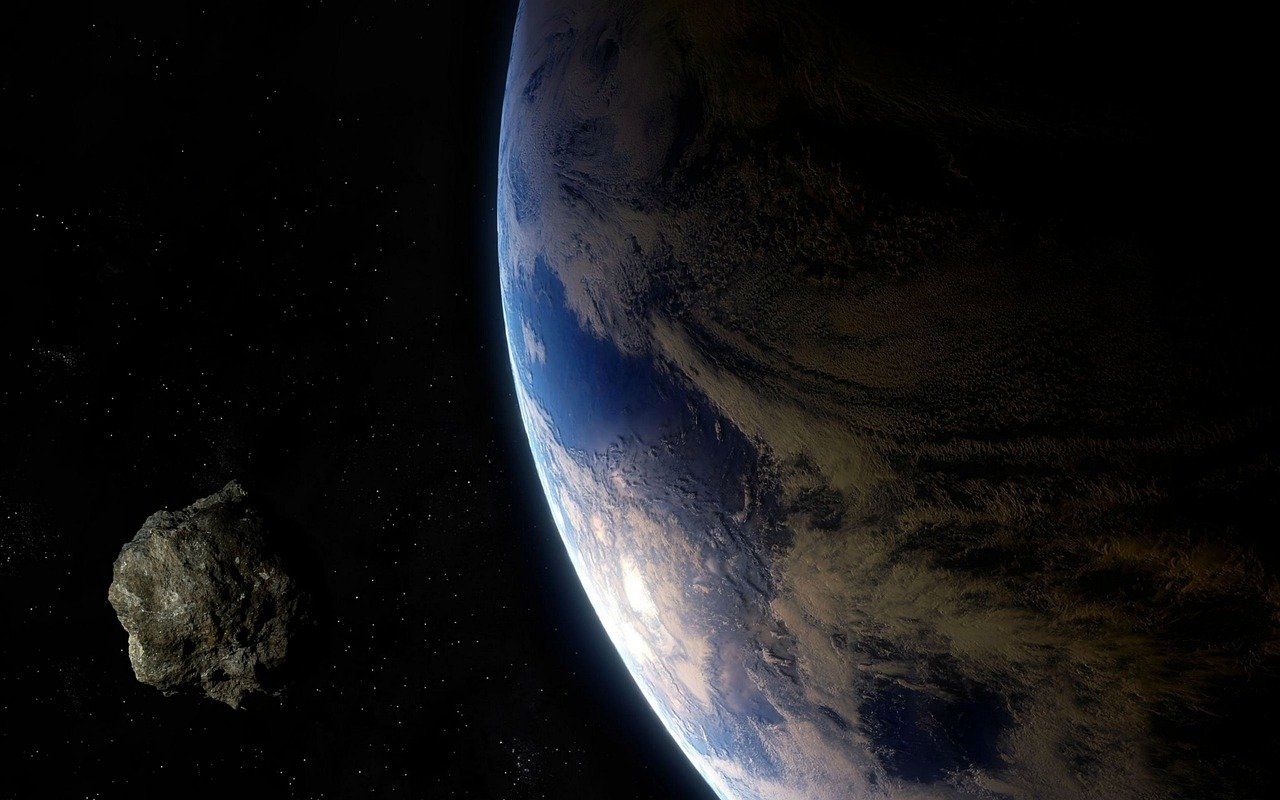Almost in time for International Asteroid Day on June 30th, two large blocks of asteroids will pass by the Earth in more than 40 hours. The dimensions of the two “potentially dangerous” celestial bodies would have devastating consequences in the event of an impact.
However, the European Space Agency’s Asteroid Defence Office in Frascati, near Rome, gives a warning. It is said that “zero danger” is assumed from both cosmic brooks.
Thus, on Thursday, the asteroid UL21, which has a diameter of about 2.3 kilometers, will pass by the Earth at a distance of about 6.6 million kilometers – that’s about 17 times the distance between Earth and the Moon. An asteroid of this magnitude would have catastrophic consequences in the event of an impact.
For comparison, in February 2013, an asteroid about 20 meters in length exploded over the million-mile city of Chelyabinsk. About 1,500 people were injured by the pressure wave, mostly because of broken window glass.
To see with a good telescope
Despite its large distance, the asteroid can be observed with a better telescope in a clear night sky, according to the ESA. The clock also fits very well: according to the ESA, the celestial body is closed at 22.14 AM MESZ.
Just about 40 hours later, just before the International Asteroid Day on Sunday, a 120 to 260-meter large, so-called Near-Earth Object (NEO) approaches the Earth much closer. With only 290,000 kilometers, it is closer to our home planet than the moon.
According to the ESA, it can also be observed with a telescope in the night sky – but probably not from Europe: the greatest approximation occurs at 15.46 CET when it is still bright. This asteroid, known as 2024 MK, was discovered on June 16.
The discovery of such a large celestial body only a week before passing underlines the need to improve the surveillance capabilities of potentially dangerous near-Earth objects, ESA said.
The space agencies currently know about 1.3 million asteroids. The scenarios for the next 100 years are repeated for the approximately 35,000 near-Earth brooks presently known.
This post has already been read 2408 times!



